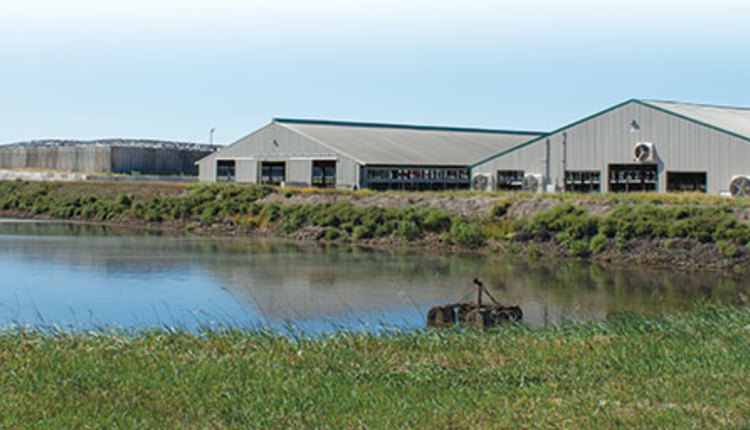
We’ve all heard stories about lives lost, both livestock and humans, to gases released from manure. My heart aches for these families. Our nutrient management industry must pay attention to this dangerous side effect of our occupation! Gases are a hazard we can’t see, and therefore, people often don’t take the risk seriously, but this is a serious threat with a fatal impact. Simple interventions can prevent a tragedy.
The main culprits
The four gases we worry about are hydrogen sulfide, carbon dioxide, methane, and ammonia. Carbon dioxide (CO2) is heavier than air, so it displaces oxygen in a confined space. Methane (CH4) is lighter than air and flammable. Ammonia (NH3) is also lighter than air and can cause eye or respiratory irritation.
Hydrogen sulfide (H2S), in my opinion, is the most dangerous. There is a common misconception that H2S is not as dangerous because it smells like rotten eggs. If that smell is present, a human can leave the area and be okay. Unfortunately, H2S only smells like rotten eggs at very low concentrations — less than 10 parts per million (ppm). Once levels reach 10 ppm or higher, side effects start to appear. Hydrogen sulfide impairs one’s ability to smell, which means a person can be in danger and not know it. The gas also paralyzes the respiratory system.
Hydrogen sulfide is heavier than air. It can creep out of the manure storage area and concentrate in low-lying areas. Unfortunately, adults and children have perished because they were in these areas.
Beyond closed spaces
It is a myth that gases are only a concern in confined spaces. They are always present when it comes to manure. Gases are released when manure is disturbed, especially during agitation.
An atmospheric inversion occurs when a layer of warm air sits above a layer of cooler air, trapping pollutants near the ground and preventing upward air movement. What does this have to do with manure gases? An inversion can happen on a foggy morning. It is not uncommon for farmers or manure haulers to start agitating early in the morning when it is still foggy. The gases get trapped between the ground and the fog. These gases are then concentrated in the areas where humans and livestock are present. Inversions have caused deaths. Delaying agitation until after the fog has lifted can avoid this situation and possibly save a life.
A slight breeze and a person standing upwind instead of downwind can make all the difference. We have placed flags on different pieces of our equipment so we can easily tell the wind direction and adjust how we work accordingly.
Protection is inexpensive
Personal gas monitors should be standard on every operation. This technology has evolved in the last few years. The ones I purchase cost around $100. I charge them every day before use, and after two years, they are replaced. There is no bump testing needed to check for functionality, no maintenance required, and they are easy to use. There is no reason anyone working around manure should not have one. A life is worth way more than $100.
Everybody needs to take the proper precautions to protect themselves and their fellow workers. If you don’t have a gas monitor, buy one right now. Your family, friends, and community want you to come home safe. Spend that $100 for you and for them!
This article appeared in the May 2025 issue of Journal of Nutrient Management on page 24.
Not a subscriber? Click to get the print magazine.








